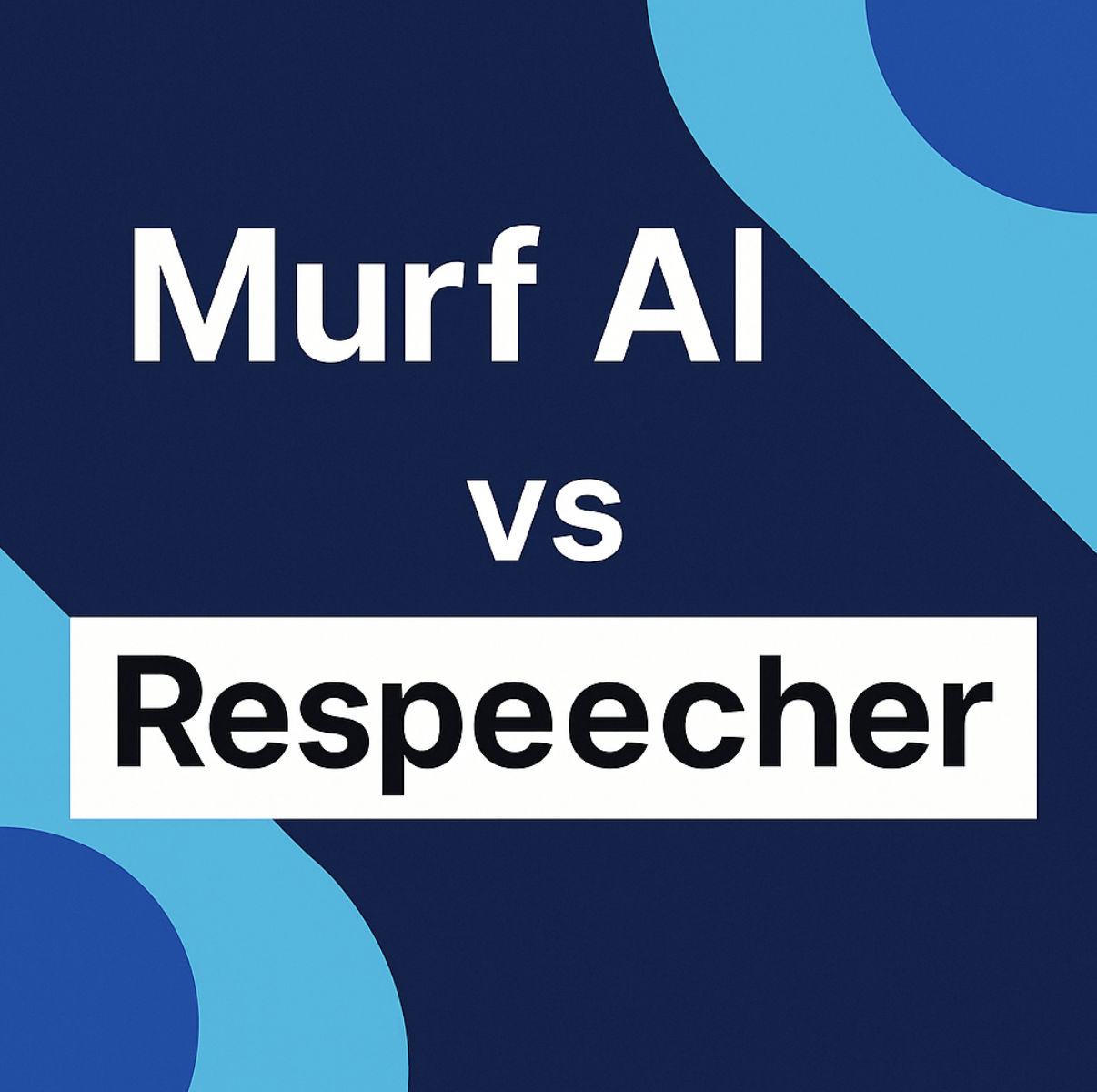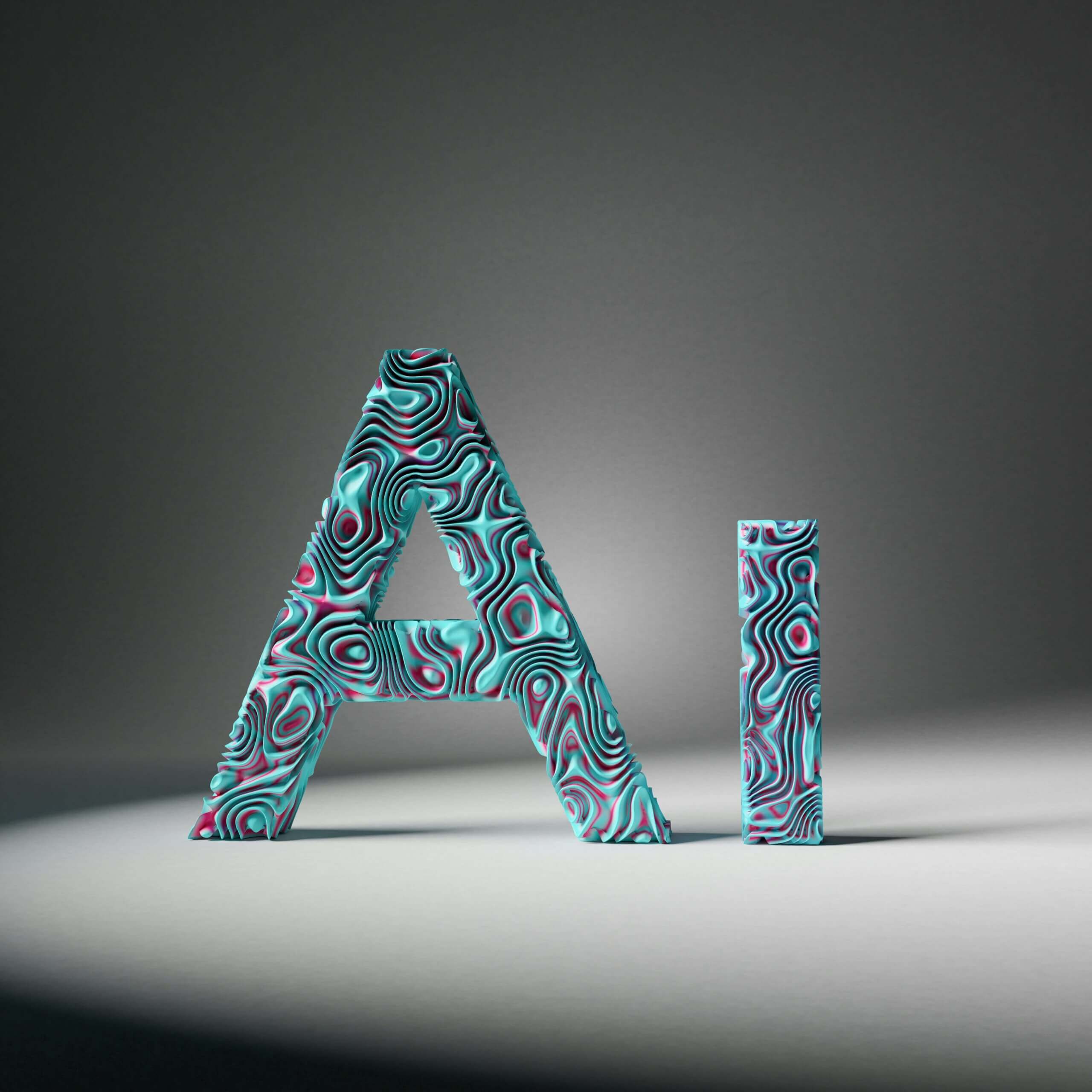
Maureen Brooks
Freelance Writer
06.03.2024
Content writing in education has undergone a significant transformation over the years.
The methods, tools, and perceptions of content writing’s function in learning have changed. Content writing in education has evolved from static textbooks to adaptable digital platforms, reflecting society’s information-sharing and learning habits. Let’s examine this growth’s turning points and predict its future.
Enhancing Student Support: The Emergence Of Online Help Platforms
Along with technology advancements that have directly altered school writing and delivery, dedicated student support platforms have increased. Essay writing services are popular and useful for students who need aid with writing projects. These services provide study materials and help format essays. Students who struggle to write or don’t speak English benefit most from them. This way, all students have the chance to do well in school, no matter where they start.
Students find that professional assignment services can give them personalized help that is hard to find elsewhere. This could be because they don’t trust their writing skills, they are short on time, or they want to learn more about a subject. The phrase “help me with my assignment” is being used more and more by students, which shows how much they depend on these helpful sites.
These platforms combine historical school materials with modern student needs, making them crucial to the educational ecosystem. They help students complete assignments and improve their learning by providing feedback, ideas, and expertise not available in a classroom.
The Initial Stages: Textbooks And Blackboards
Textbooks and blackboard lessons were the main learning methods at first. Content was largely written by experts, teachers, and academics. They meticulously prepared syllabus-covering textbooks. These textbooks were the pupils’ principal source of information. They were for education and test prep.
Personalized learning: A distant dream
Back then, personalized learning was more of a distant dream. The content was one-size-fits-all, and the idea of adapting lessons to fit different ways of learning wasn’t even thought about. This method wasn’t perfect because it didn’t meet all of the needs of students, which put those who didn’t learn in the usual way at a disadvantage.
The Rise Of Digital Content
The advent of the internet and digital technologies marked a pivotal turn in the evolution of content writing in education. Suddenly, the barriers to content creation were significantly lowered. Educators, students, and even enthusiasts could contribute to the pool of educational content.
The democratization of knowledge
This era witnessed the democratization of knowledge. Online platforms, e-books, and educational blogs made information more accessible than ever. The material was made interesting and interactive for different learning styles and preferences using multimedia techniques. This modification expanded access and enabled personalization.
The Interactive Age: E-Learning Platforms And MOOCs
As technology continued to evolve, so did the modes of content delivery. E-learning platforms and Massive Open Online Courses (MOOCs) began to emerge, offering structured courses across a multitude of disciplines. These platforms revolutionized education by making learning more accessible, flexible, and inclusive.
Beyond borders: Global learning communities
The rise of global learning groups is one of the most interesting things about this time. Now, international students can see, discuss, and collaborate on projects. This overseas experience enhanced learning and broadened students’ perspectives.
The Current Landscape: AI And Personalized Learning
Today, AI and machine learning are altering school writing. AI-driven learning platforms may customize material for each student’s pace and style in real-time.
A new era of customization
This level of customization is unprecedented. Because people don’t just read or watch, they engage with it to better comprehend and remember it. AI provides quick feedback, making learning more dynamic and responsive.
In the realm of AI and personalized learning, platforms like Knowt are pushing the envelope by offering customizable flashcard tools and practice tests tailored to individual learning styles, proving to be valuable assets for students globally
Looking Ahead: The Future Of Content Writing In Education
When we think about the future, there are a few trends that look like they will change content writing in schools even more. Virtual reality (VR) and augmented reality (AR) tools could make learning even more immersive. Blockchain technology could also be used to make educational material safer and easier to check.
Embracing the unknown: A continuous journey
The way topic writing has changed in schools shows how people are always looking for better ways to teach and learn. The goal is to make education easier to get to, more interesting, and more useful for everyone. This trip is open to change, new ideas, and the unknown.
Conclusion
Content writing in education has evolved from still pages to dynamic, individualized digital content. Cultural, technological, and learning paradigm shifts are behind this development. Despite changes, the future of education is bright, and content writing will remain crucial. Each new technology brings education closer to being more accessible, open, and tailored to each student.





